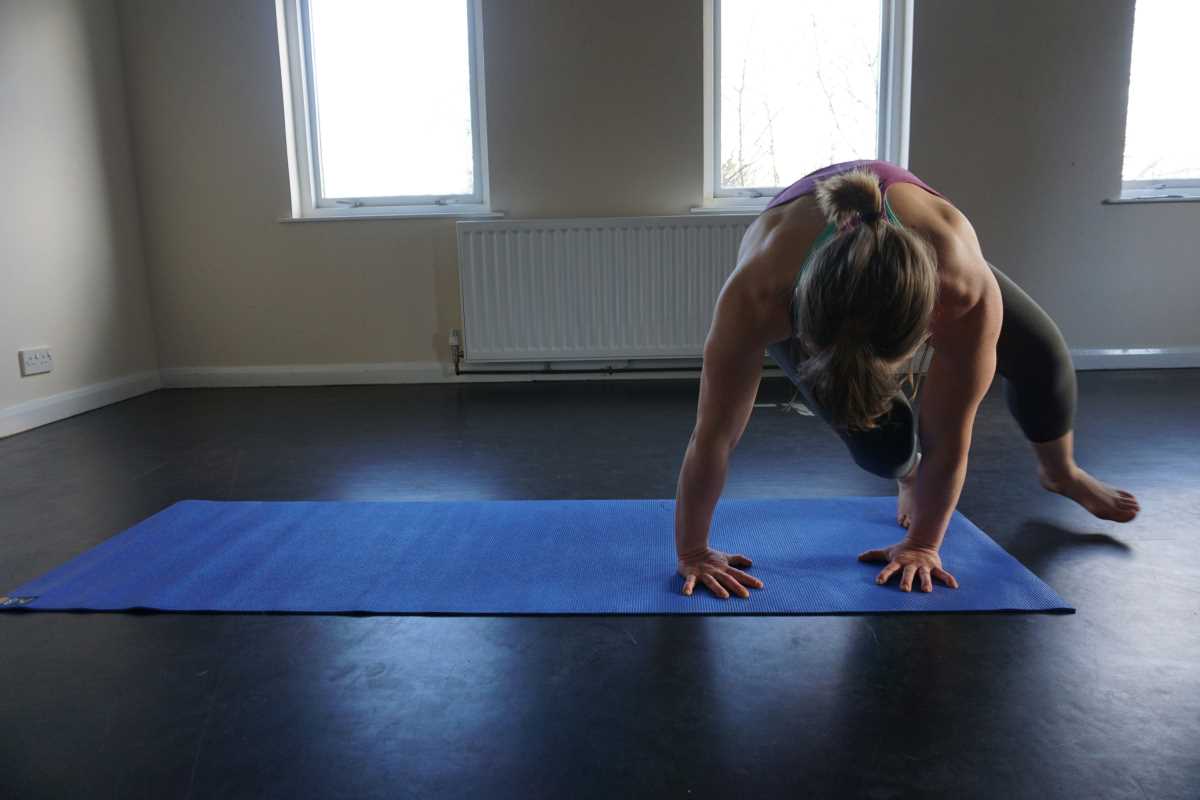Racing thoughts about unfinished chores or upcoming responsibilities often make it hard to settle down for the night. Creating a gentle nighttime routine can cue your body to relax and prepare you for restful sleep. You don’t have to rely on expensive tools or make major changes to your current habits. By choosing a few soothing actions and practicing them each evening, you encourage your mind and body to slow down. Consistency matters more than complexity, and even small rituals, such as dimming the lights, reading quietly, or taking slow breaths, can help signal that it’s time to unwind and let go of the day.
Think of this ritual as a gentle invitation: you’re telling your brain, “Let’s wrap up the day.” Over time, those cues turn into a habit, so your body and mind learn to fall into rest mode automatically. Let’s explore how to craft a personalized routine that feels right for you and settles you into peaceful slumber.
Creating a calming environment
First, shape your surroundings into a soothing sanctuary. A space that feels orderly and pleasant helps reduce mental clutter. Aim for subtle lighting, light fabrics, and a comfortable temperature.
Once you adjust the basics, you’ll notice stress levels dip and tension ease off. A well-prepared bedroom sets the stage for every element of your ritual.
- Dim the lights at least 30 minutes before bed; try a small lamp or fairy lights.
- Choose breathable sheets and pillowcases in soft colors to invite relaxation.
- Keep the room cool—around 65°F feels good for many people.
- Eliminate noise with a white noise machine or a fan if traffic or neighbors wake you.
- Declutter surfaces: a clear nightstand does wonders for a clutter-free mind.
Designing your personalized ritual
Your night routine should feel effortless, like a comforting pattern you look forward to. Customize each step to match your style—some people read fiction, others journal. The key is consistency.
Select three to five activities that truly settle you. When you follow those activities in the same order, your brain learns to recognize each signal as a cue to slow down.
- Cleanse: Start by washing your face or taking a warm shower to rid off the day’s grime.
- Journal or list: Write down three wins and one worry to clear your head space.
- Stretch or do light yoga: Open up tight areas like your neck, shoulders, and hips.
- Sip a caffeine-free herbal tea: Chamomile, lavender, or peppermint helps you relax.
- Read or listen: Choose gentle content—poetry, short stories, or soft music playlists.
Adding mindfulness and relaxation techniques
You don’t need to sit in lotus pose or chant for hours. A few minutes of simple breathing or body scans can deepen your calm. Try a 4-7-8 breathing cycle: inhale for four counts, hold for seven, exhale for eight.
Guided imagery also works well. Picture a quiet beach or a forest glen, engage all your senses, and let your mind drift. Trust that these small moments of focus on the present ease tension and chase out racing thoughts before bed.
A sample nighttime self-care routine
Here’s one way to put those pieces together into a relaxed 45-minute routine. Feel free to swap in your favorite calming moves, music, or reads.
Start at 9 pm by dimming overhead lights and lighting a flicker of candlelight. At 9:05, take a warm shower to wash away any leftover stress. By 9:15, sit at your desk and write three bright spots from your day—no matter how small. At 9:25, roll out your mat for gentle stretches focusing on your back and hips. Pour a cup of herbal tea at 9:35 and settle into a cozy chair with a short story or low-key playlist. Finish at 9:50 with a two-minute breathing exercise, lying comfortably in bed.
Dealing with common sleep disruptions
Sometimes routines encounter obstacles. If you wake up at 2 am or can’t settle into rest, try changing one thing at a time. Small adjustments can reveal what truly affects your sleep quality.
These quick fixes often help when a disruption unexpectedly occurs.
- If your mind starts racing, keep a notepad by your bed to jot down stray thoughts.
- Dealing with dry mouth? Place a glass of water on your nightstand.
- If noise wakes you, switch to a white noise app or earplugs.
- Feeling too hot or cold? Adjust blankets and sleepwear layers until you find the right comfort level.
- Having trouble falling back asleep? Try a 2-minute progressive muscle relaxation before checking the clock.
Creating a simple nighttime routine tailored to your calming needs makes bedtime easier and more peaceful. Enjoy a restful night and sweet dreams.
 (Image via
(Image via





